Reviewed by Corey Noles
Samsung's listening to users who want their Galaxy phones to feel less like corporate security terminals and more like personal devices worth showing off. The latest LockStar update adds something we've been missing: actual visual flair when unlocking our phones with a fingerprint scan.
These new fingerprint animations represent exactly the kind of personal touch that transforms daily interactions from mundane to meaningful. Let's break down what's new, why it matters for customization enthusiasts, and how Samsung's betting on personalization as One UI matures.
What LockStar's fingerprint animations actually bring to the table
The updated LockStar module now includes four distinct fingerprint unlock animations designed for Android 16-based One UI 8.0. The first shows sparkles as you unlock the phone, while the second displays a cartoon-like water ripple effect. You'll also find multiple circles around the scanner for the third option, and—because someone at Samsung has a sense of humor—the fourth animation features ghost and dizzy emojis.
During our testing of Samsung's customization evolution across One UI versions, we've noticed these kinds of features often start as experimental additions before becoming core interface elements. LockStar carries version 7.0.01.5, though it's not available via Galaxy Store at the moment. The publicly available version remains 7.0.00.14, which means early adopters are getting a preview of Samsung's customization roadmap.
The version difference reveals Samsung's beta strategy for advanced customization features. While the stable LockStar focuses on core lock screen modifications, the newer build introduces elements that could eventually migrate to the main One UI experience. This approach lets Samsung test user response and system stability before wider deployment.
Sound familiar? Samsung's using LockStar as a testing ground for features that demonstrate how security elements can maintain their function while adding personality—a philosophy that's increasingly important as authentication becomes more frequent throughout our daily phone interactions.
Why fingerprint customization fits Samsung's bigger picture
Understanding why these animations matter requires recognizing Samsung's approach to balancing security with user engagement. Samsung's approach to fingerprint security has always balanced functionality with flair. All Galaxy fingerprint readers meet Google's Biometrics Class 3 rating, which requires a False Accept Rate of 1 in 50,000 and Spoof Acceptance Rate between 0-7% for presentation attack instruments. That's enterprise-grade security wrapped in consumer-friendly customization.
The Class 3 rating means your fingerprint animations aren't just cosmetic—they're built on top of hardware-backed security that protects biometric data even if Android itself becomes compromised. For users, this translates to peace of mind that personalization doesn't compromise protection.
The timing reveals Samsung's strategic positioning against competitors who treat customization as an afterthought. Samsung's been rebuilding Good Lock's architecture for One UI 7, with major structural changes requiring extensive testing. LockStar finally landed One UI 7.0 compatibility after months of delay, and now Samsung's pushing ahead with One UI 8 features that showcase what's possible when security meets personalization.
Good Lock has racked up 21 million downloads for Sound Assistant alone, proving Galaxy users want deeper customization than stock Android provides. The fingerprint animation feature represents Samsung's commitment to making every interaction feel intentionally designed rather than generically functional.
The customization balance beam gets trickier
Samsung's approach to security customization involves strategic trade-offs that reveal the company's priorities. While One UI 7 ditched lock screen notification customization in LockStar, the company's doubling down on visual flourishes that don't compromise core security functions.
This decision pattern makes sense when you consider the attack vectors. Notification customization could potentially create security vulnerabilities or interfere with enterprise management policies, while fingerprint animations operate purely at the visual layer without affecting the underlying biometric authentication process.
The updated LockStar now allows free placement of clocks, music widgets, and notifications anywhere on the lockscreen. You can stack multiple widgets, customize lock icons with five different styles, and adjust help text opacity and color. Samsung even lets you access LockStar directly from the lock screen editor, streamlining what used to be a cumbersome process.
The strategic reasoning becomes clear: Samsung's prioritizing customizations that enhance user engagement without creating potential security gaps or support complexities. Fingerprint animations fall perfectly into this category—they're visible, personal, and completely separate from the security mechanism they accompany.
What this means for Galaxy's customization future
Samsung's fingerprint animation update signals a broader shift in how the company approaches user interface personalization beyond traditional themes and wallpapers. Instead of treating security elements as untouchable system components, Samsung's demonstrating how even authentication can become part of your personal brand.
Based on our analysis of Samsung's customization strategy over multiple One UI iterations, these kinds of features typically serve as early indicators of broader interface philosophy changes. The One UI 8 beta program starting with Galaxy S25 series represents Samsung's commitment to staying ahead of Google's Android timeline while creating differentiation through personalization depth.
By developing features like fingerprint animations specifically for One UI 8, Samsung's creating meaningful differentiation that extends beyond hardware specifications. The company's investment in Good Lock's ecosystem expansion—including MultiStar's new Launcher Widget for Galaxy Z Flip 6 and Home Up's granular animation controls—demonstrates a comprehensive approach to making Galaxy devices feel genuinely personal.
The philosophy driving these changes is straightforward: your expensive flagship should work exactly how you want it to work, down to the smallest interaction details. Four fingerprint animations might seem minor, but they represent Samsung's willingness to let users personalize even the most fundamental phone interactions.
The real test isn't whether these animations drive immediate sales—it's whether they contribute to the kind of user attachment that makes Galaxy owners reluctant to switch platforms. In an increasingly commoditized smartphone market, the difference between "just another Android phone" and "my perfectly customized Galaxy" could determine Samsung's long-term competitive position against both premium and value competitors.




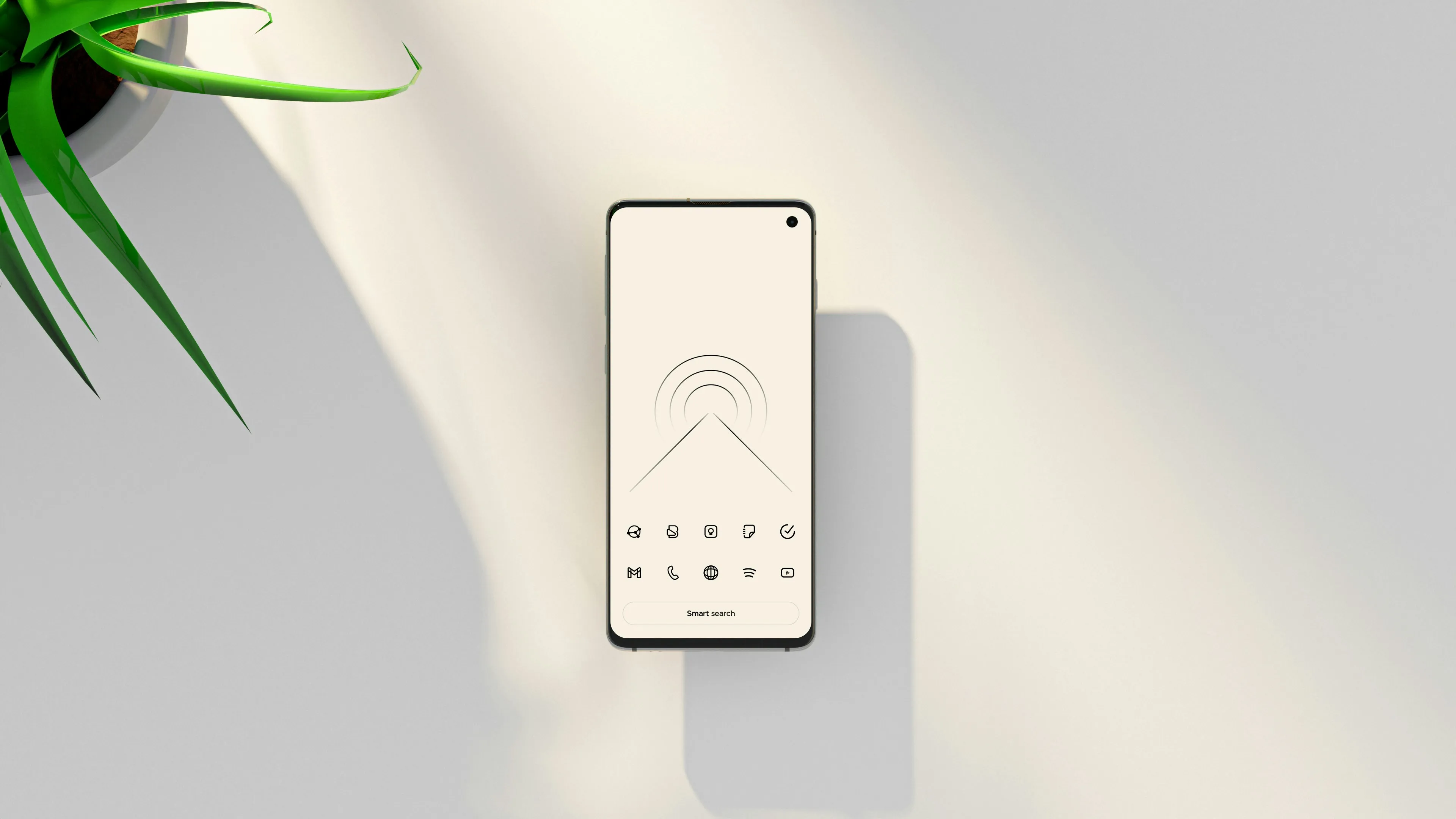
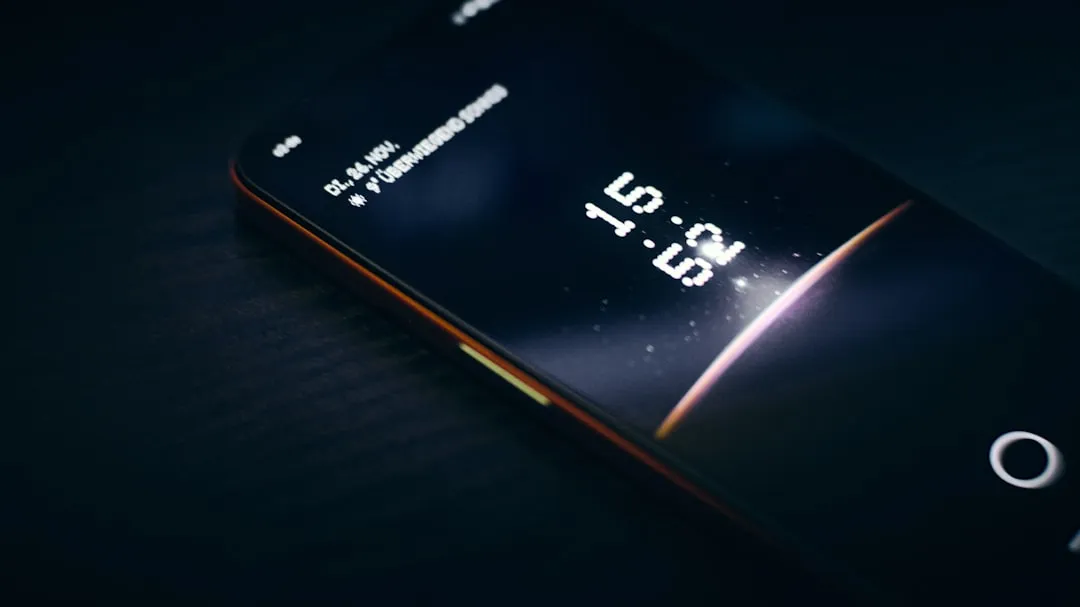
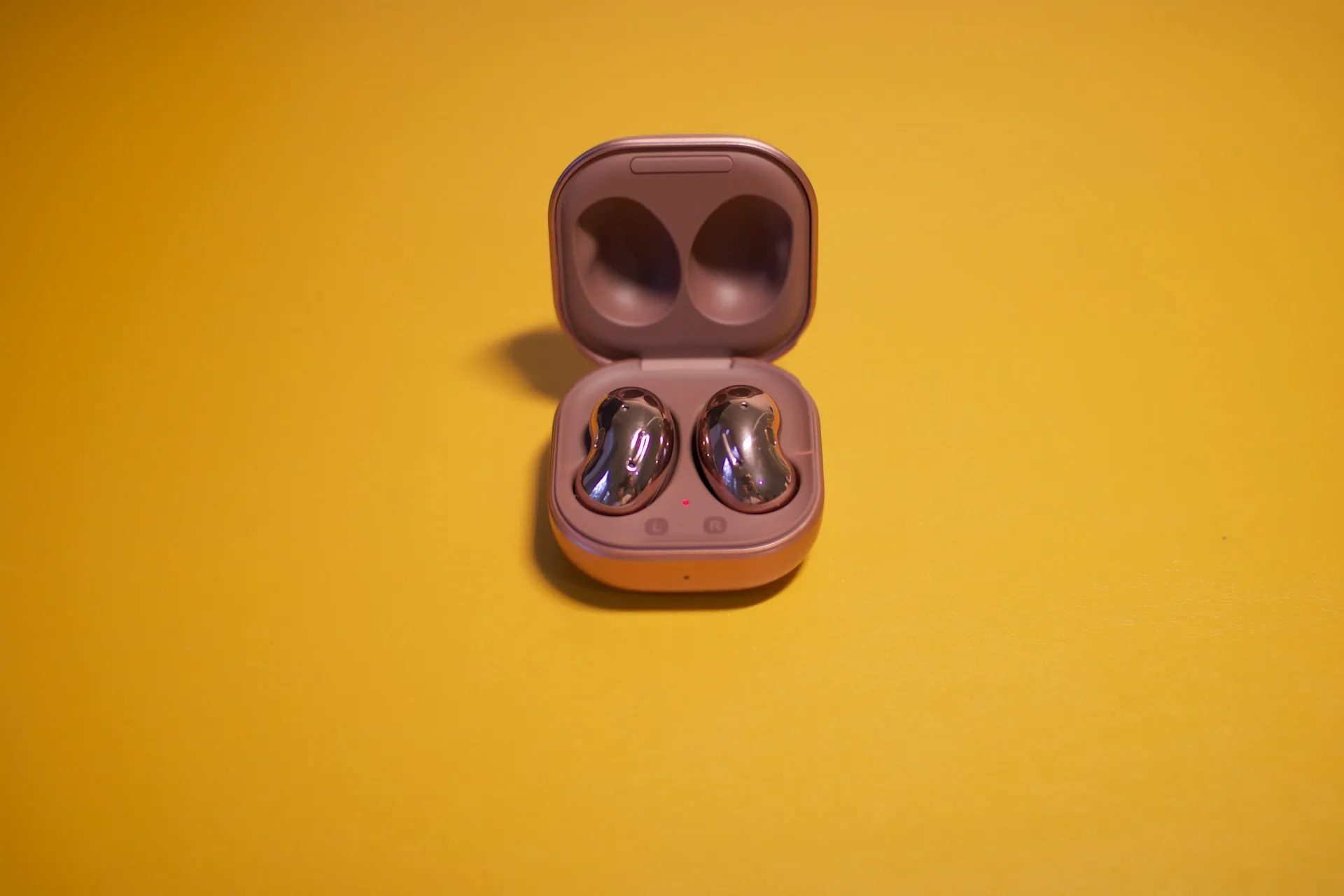
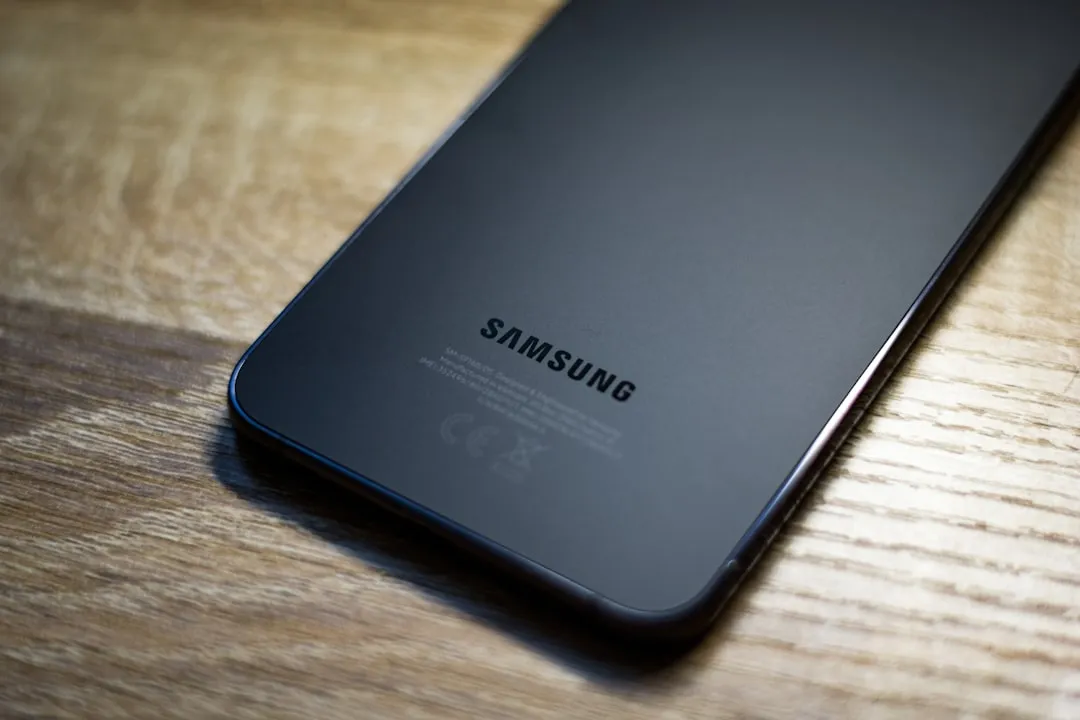
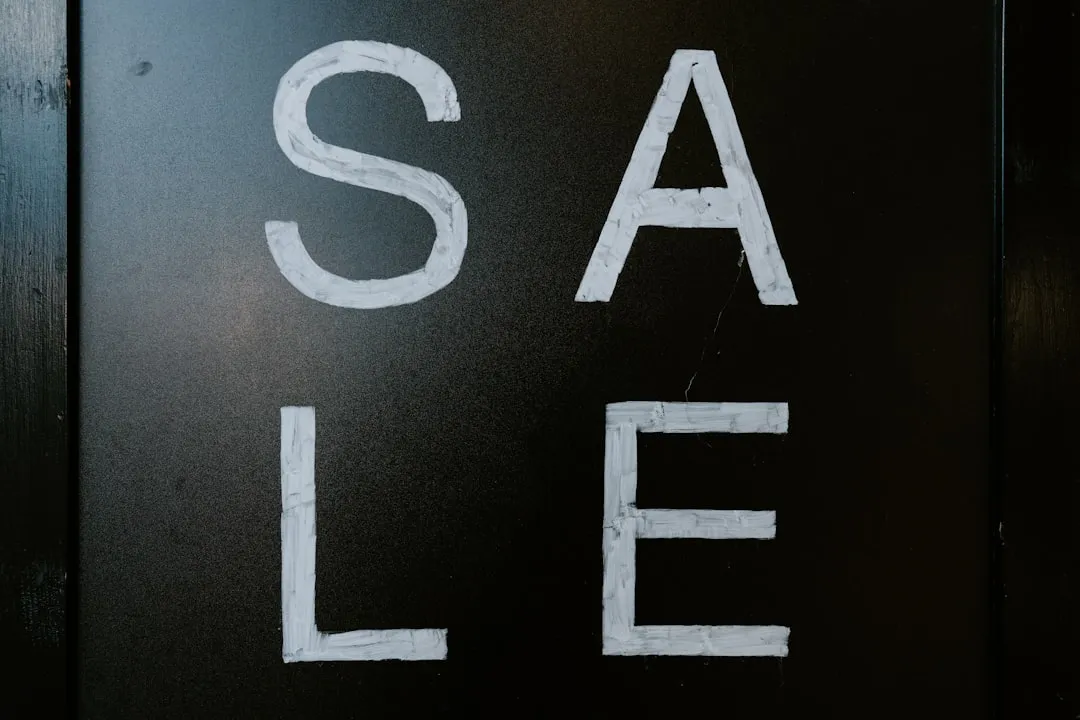
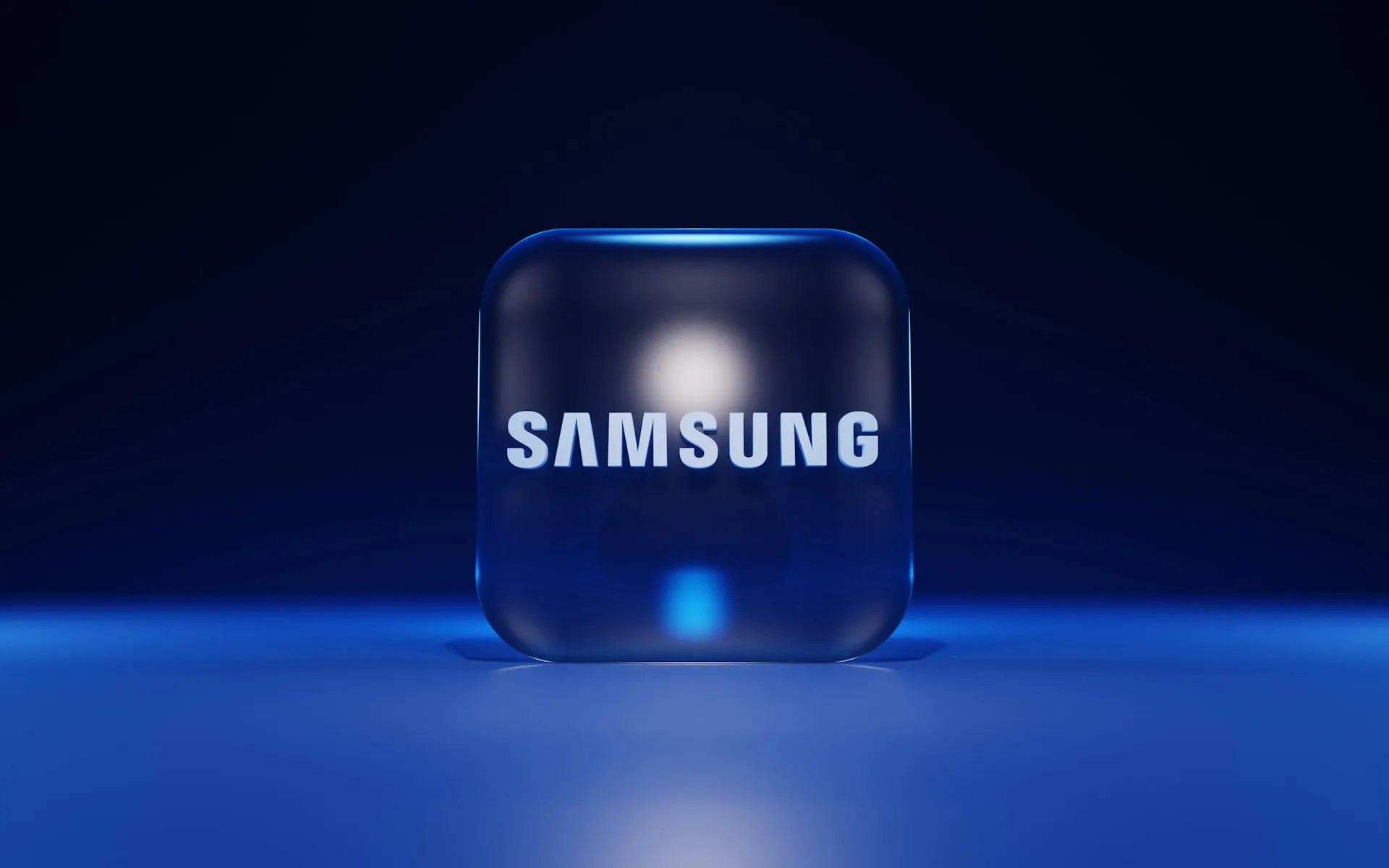
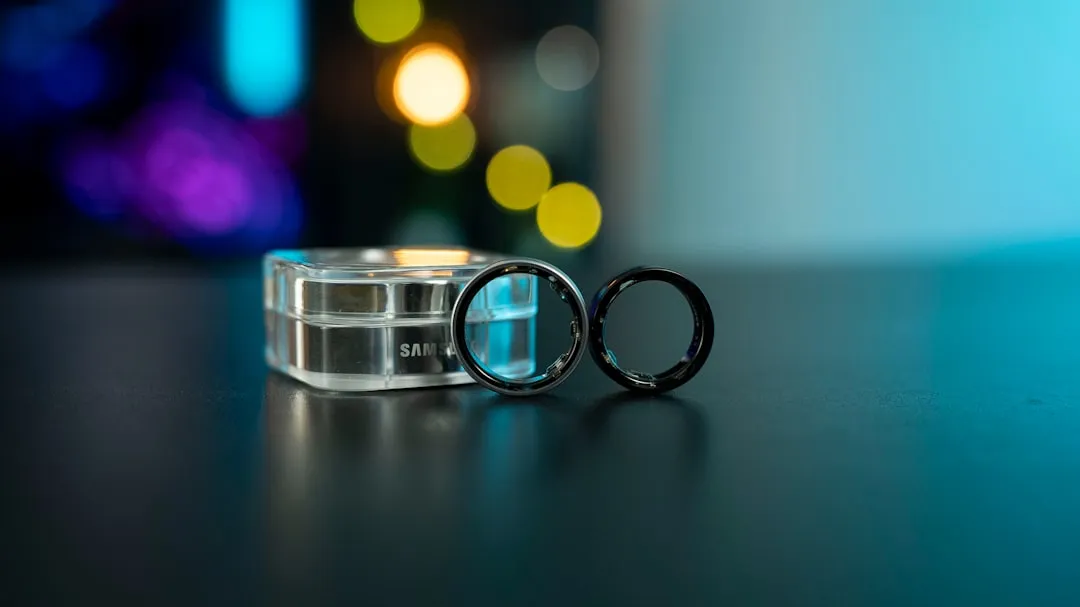
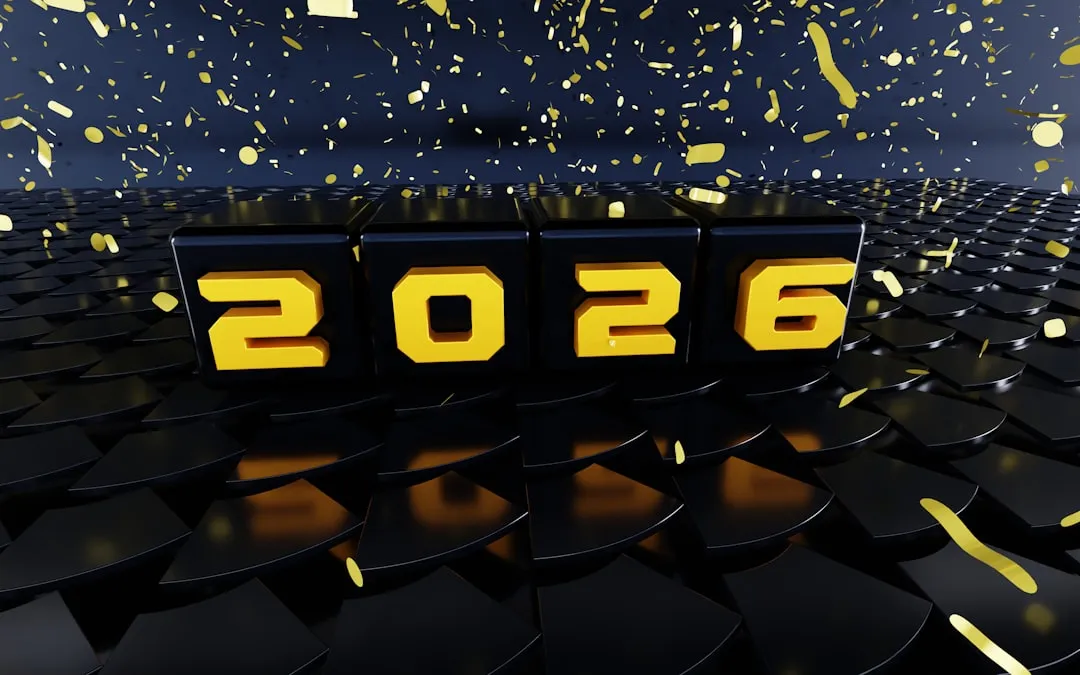
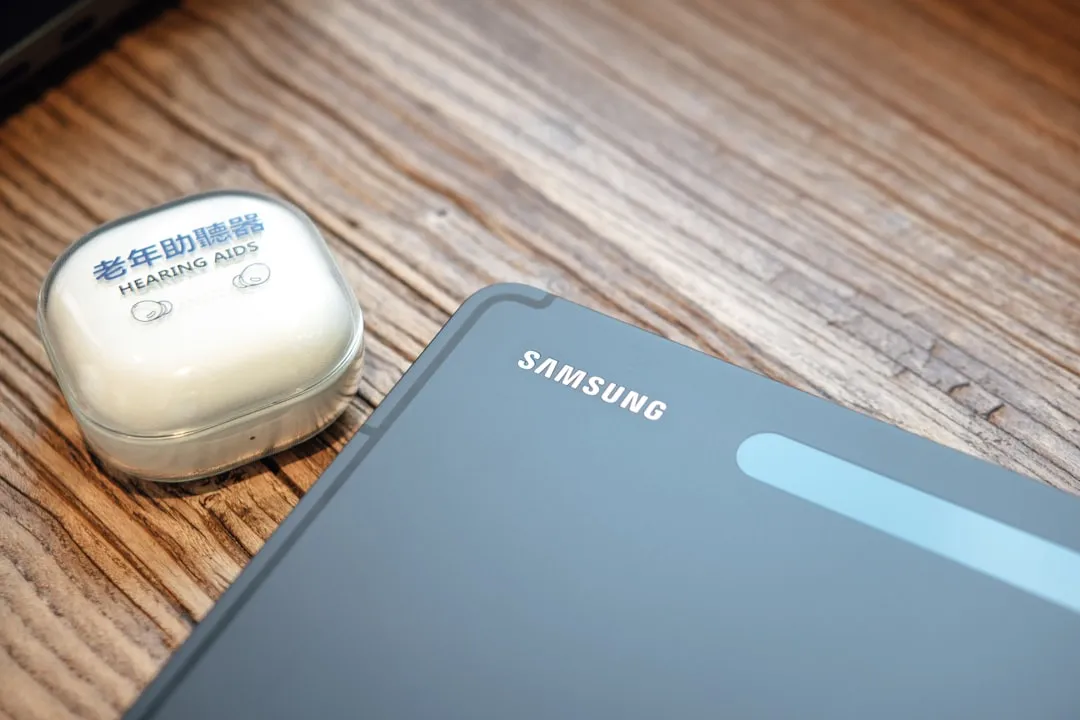
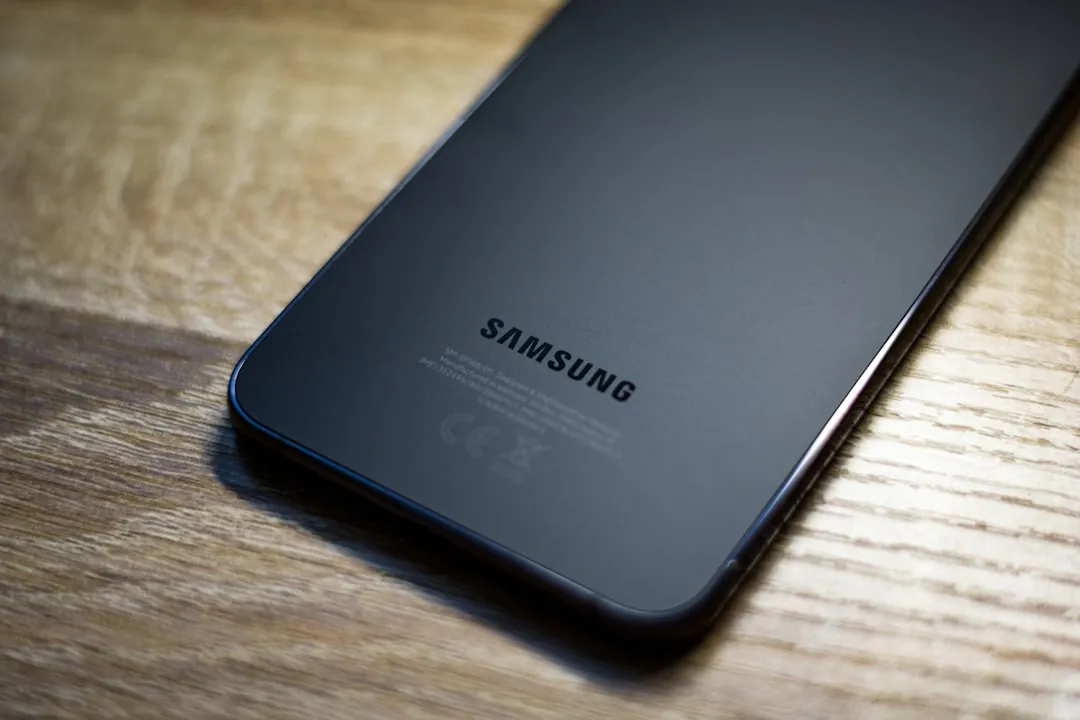



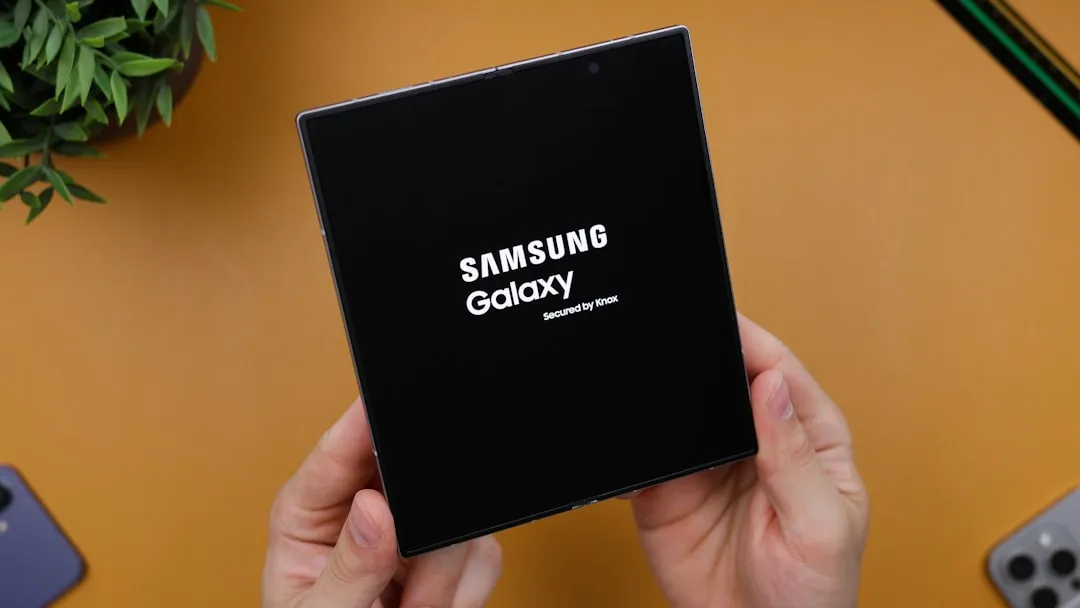
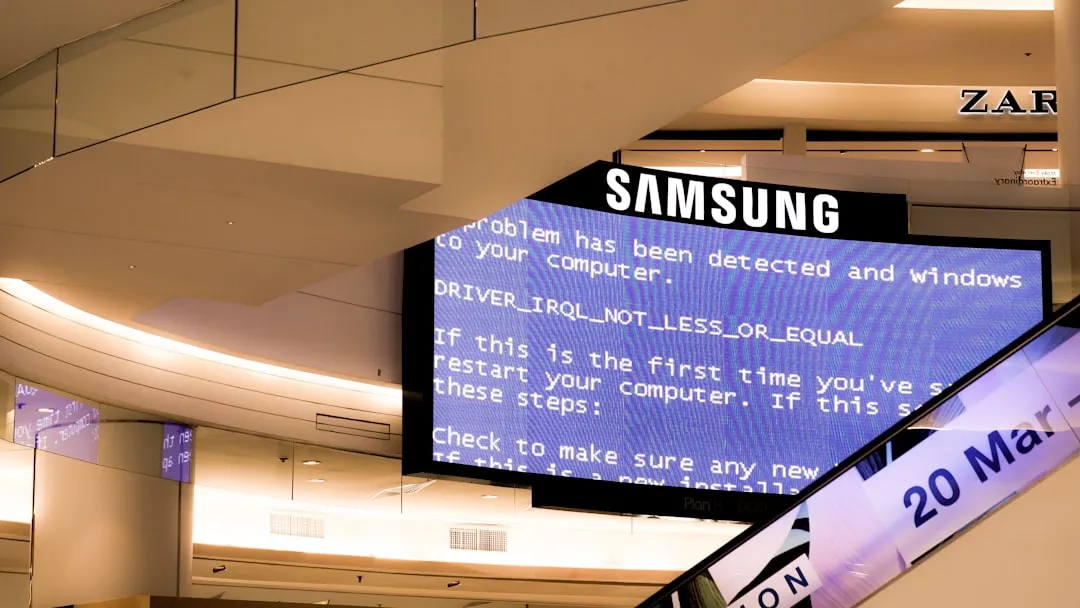
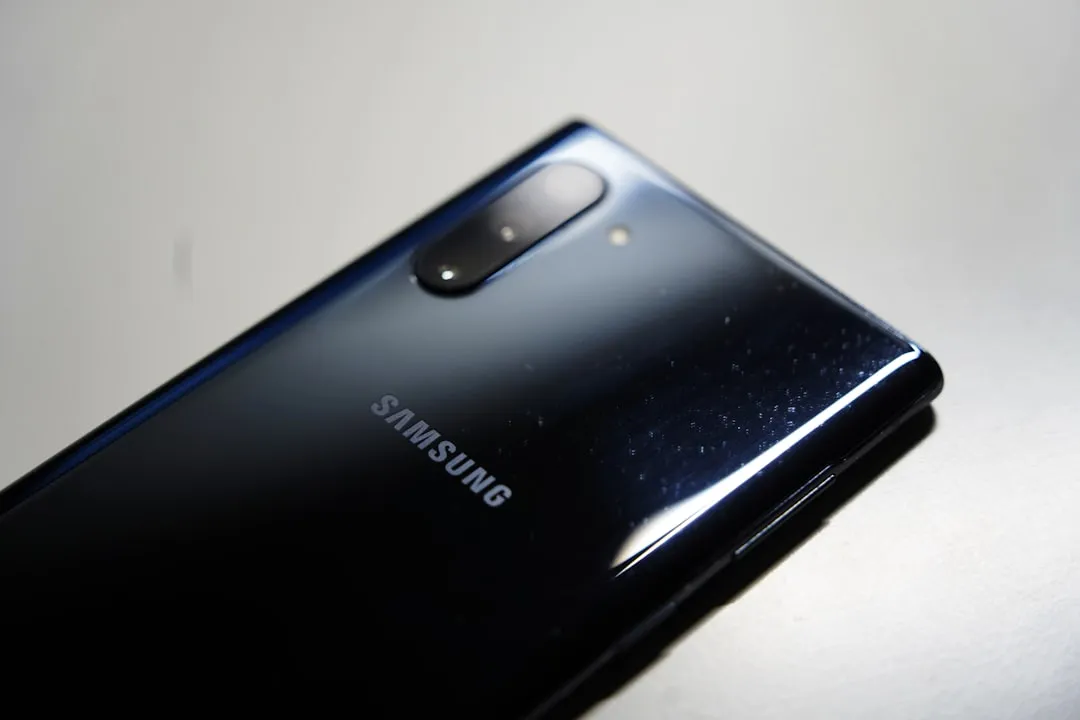
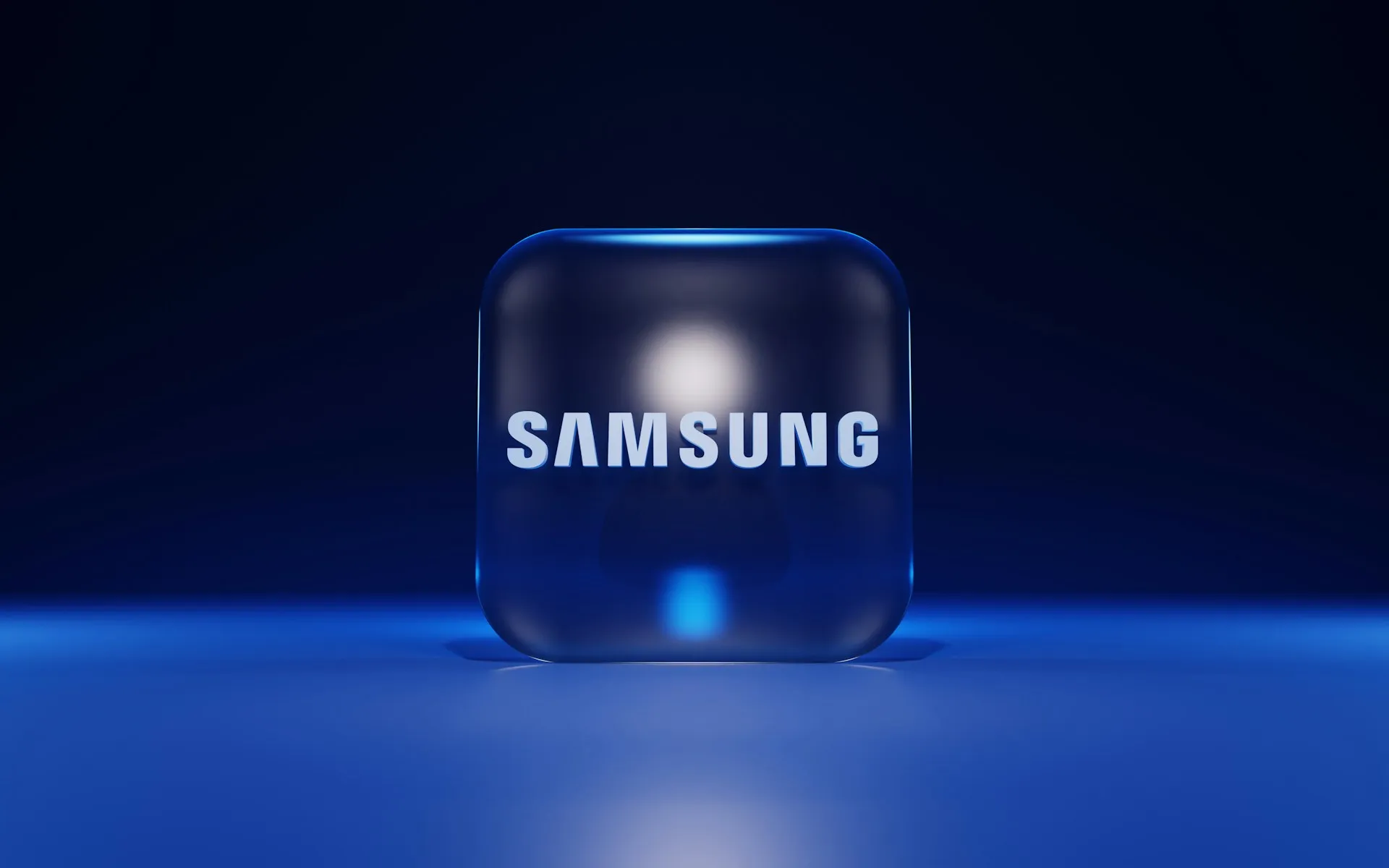
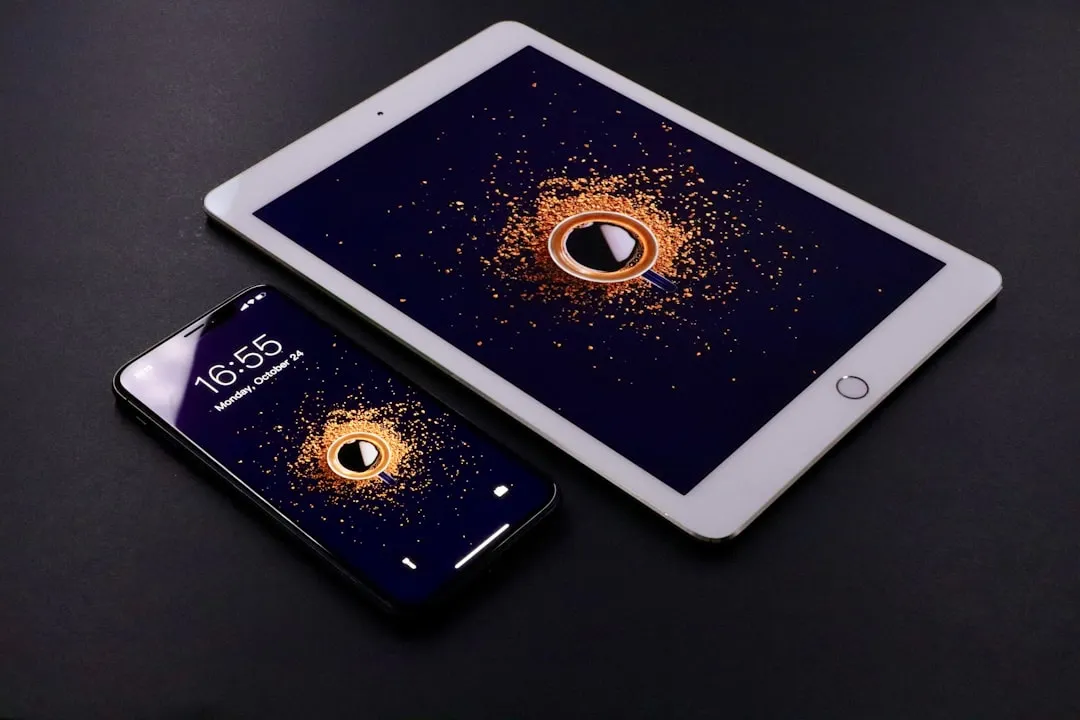
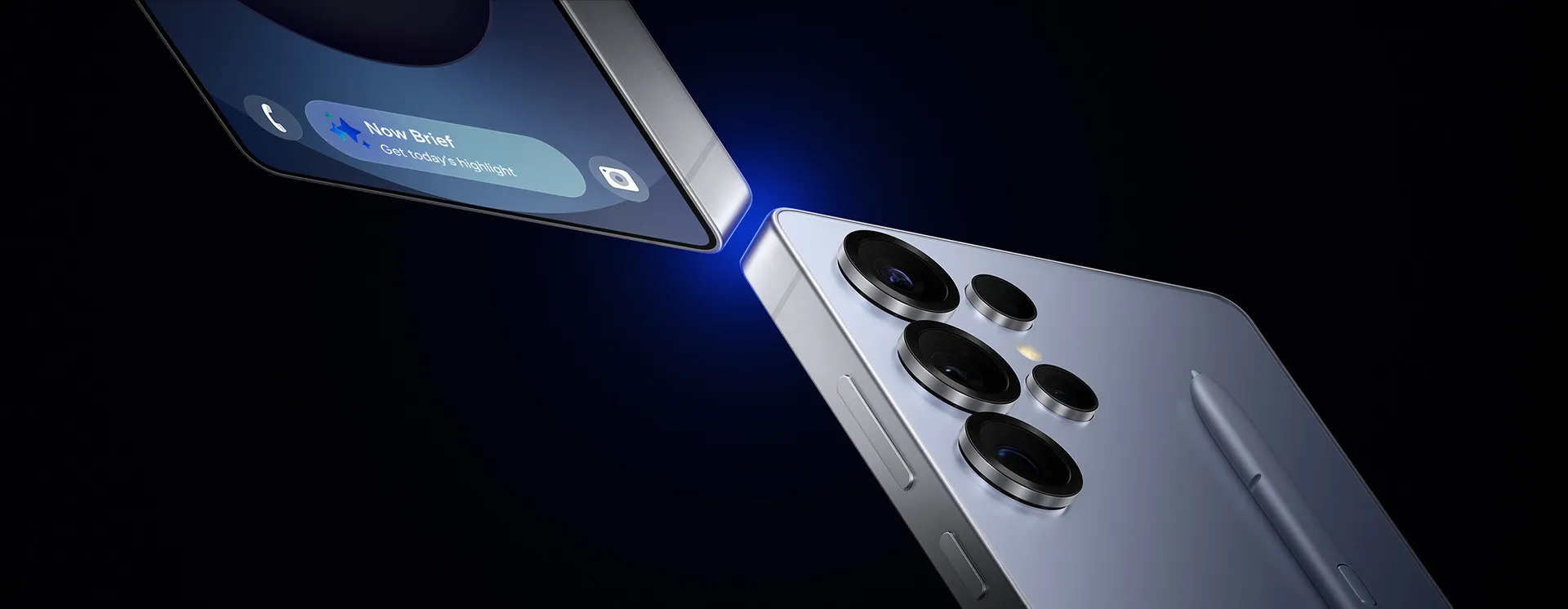

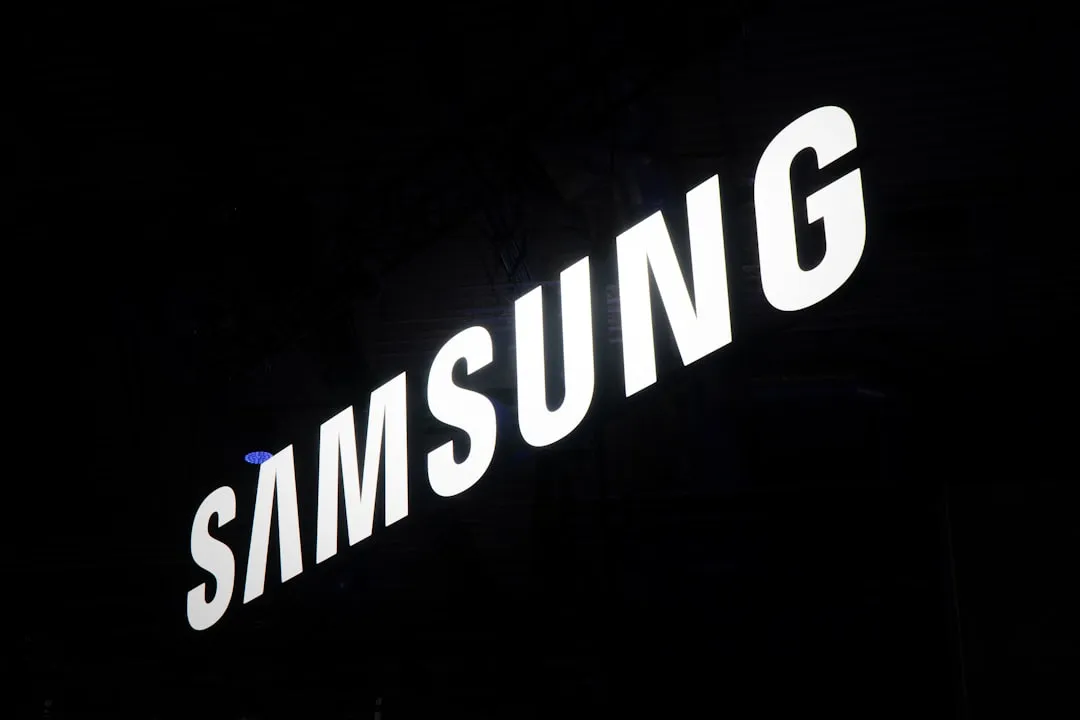
Comments
Be the first, drop a comment!